- School District of Beloit
- 5th Grade - Social Studies
5th Grade - Social Studies
-
The School District of Beloit social studies educators are dedicated to working collaboratively to teach a vertically, WI standards-aligned curriculum that is intentionally designed to be rigorous and engaging, using multiple perspectives and authentic learning experiences that build student confidence and curiosity, resulting in their ability to critically analyze their world while providing them with the skills and desire to make their world a better place.
5th Grade Social Studies Units
-
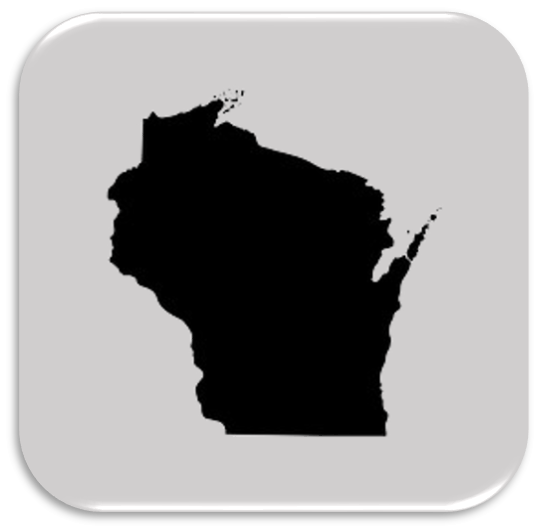
Unit 1 - Wisconsin and U.S. Geography
Students will build on the foundations of geography they learned in 3rd and 4th grade. They will also examine how the population and cities have changed over time in Wisconsin and the U.S.
-
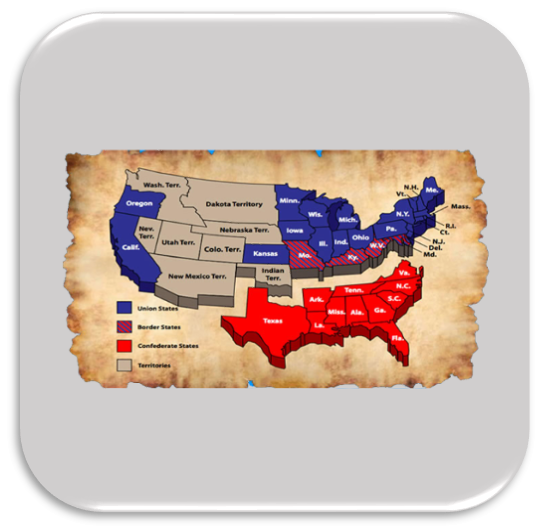
Unit 2 - The Civil War and Reconstruction
Students will analyze the causes and effects of the Civil War. They will also examine the policies of Reconstruction.
-
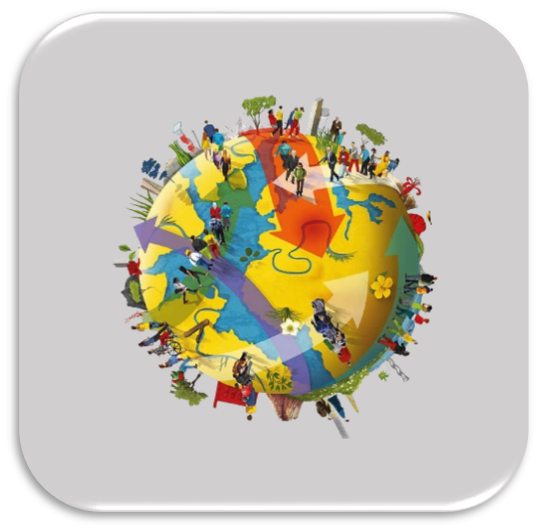
Unit 3 - Immigration and Migration
Students learn about the role immigrants have played in shaping Wisconsin and the U.S. They will also learn about the process of becoming a U.S. citizen.
-
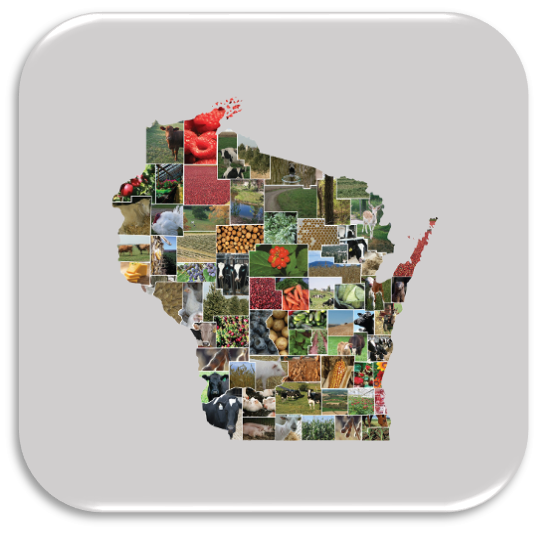
Unit 4 - Industrialization, Agriculture, Urbanization, and Labor
Students will learn about the role agriculture and industrialization played in shaping Wisconsin and the U.S. They will also examine the development of the labor movement.
-
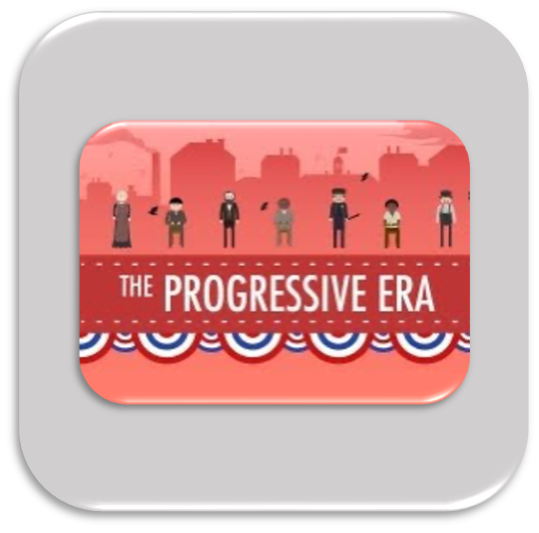
Unit 5 - The Progressive Era
Students will examine how individuals like Bob LaFollette, as well as governments, attempted to address social problems. They will also learn about the causes and effects of the Progressive Era.
-
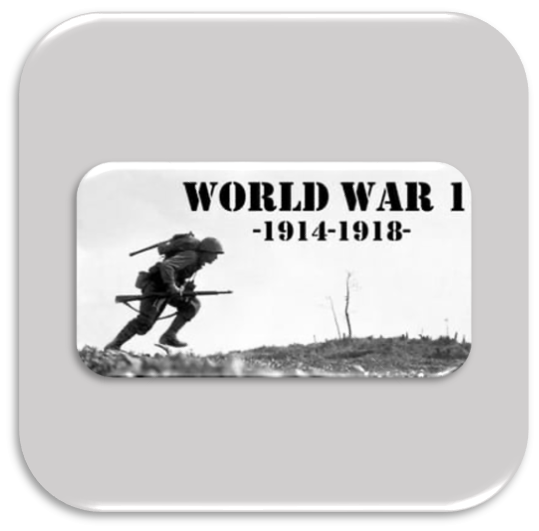
Unit 6 - American Imperialism and World War I
Students will analyze the causes and effects of the Spanish-American War and the First World War. They will also examine the concepts of cooperation and compromise.
-
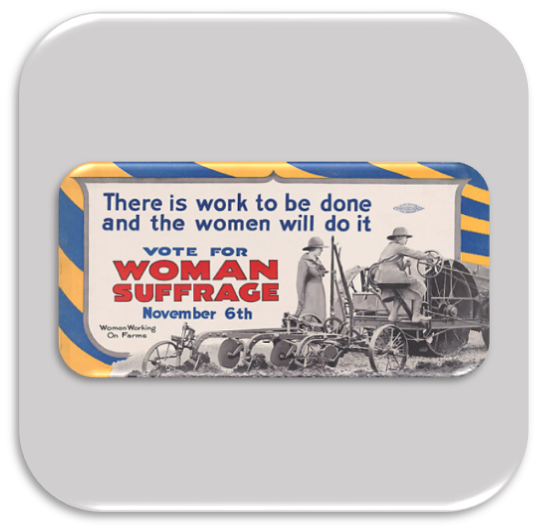
Unit 7 - Prohibition and Women’s Suffrage
Students will learn about the causes and effects of Prohibition. They will also learn about women’s suffrage.
-
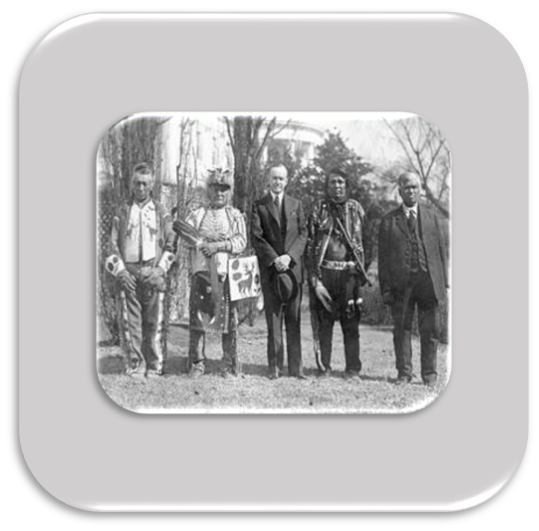
Unit 8 - Indian Citizenship Act
Students will learn about federal policies towards American Indians, including boarding schools. They will also examine locations of American Indians before Europeans, in 1924, and present day.
By the end of 5th Grade, students will...
-
- summarize how location (absolute and relative) affects people, places, and environment. Construct maps (paper or digital), charts, and graphs using appropriate elements (i.e., date, orientation, grid, scale, title, author, index, legend, situation).
- create and label a map (paper or digital) of the local community, state, tribal lands, and country, including both physical (e.g., oceans and continents) and human (e.g., roads, buildings) characteristics. Identify and construct regions (digital or paper) in Wisconsin and the United States.
- describe population changes in their state, and country over time.
- use evidence to draw conclusions about probable causes of historical events, issues, and problems.
- investigate how interpretations of similarities and differences between and among cultures may lead to understandings or misunderstandings.
- describe patterns of change and continuity over time in the community, state, and the United States.
- analyze individuals, groups, and events to understand why their contributions are important to historical change and/or continuity.
- describe the process by which people in the United States become legal citizens (i.e., natural born or naturalization).
- differentiate between private property (e.g., factories and homes) and public property (e.g., parks, public schools, and government buildings).
- discuss reasons a government taxes people.
- provide examples of how different governments solve problems.
- classify technologies based on intended use, access, and design, and how they might change people’s lives (for better or worse).
- summarize the contributions of historically significant people… to the development of our political culture.
- differentiate between freedom, justice, equality, rights, responsibilities, and citizenship.
- describe what influences different political attitudes and actions and how diverse groups can work towards consensus.

